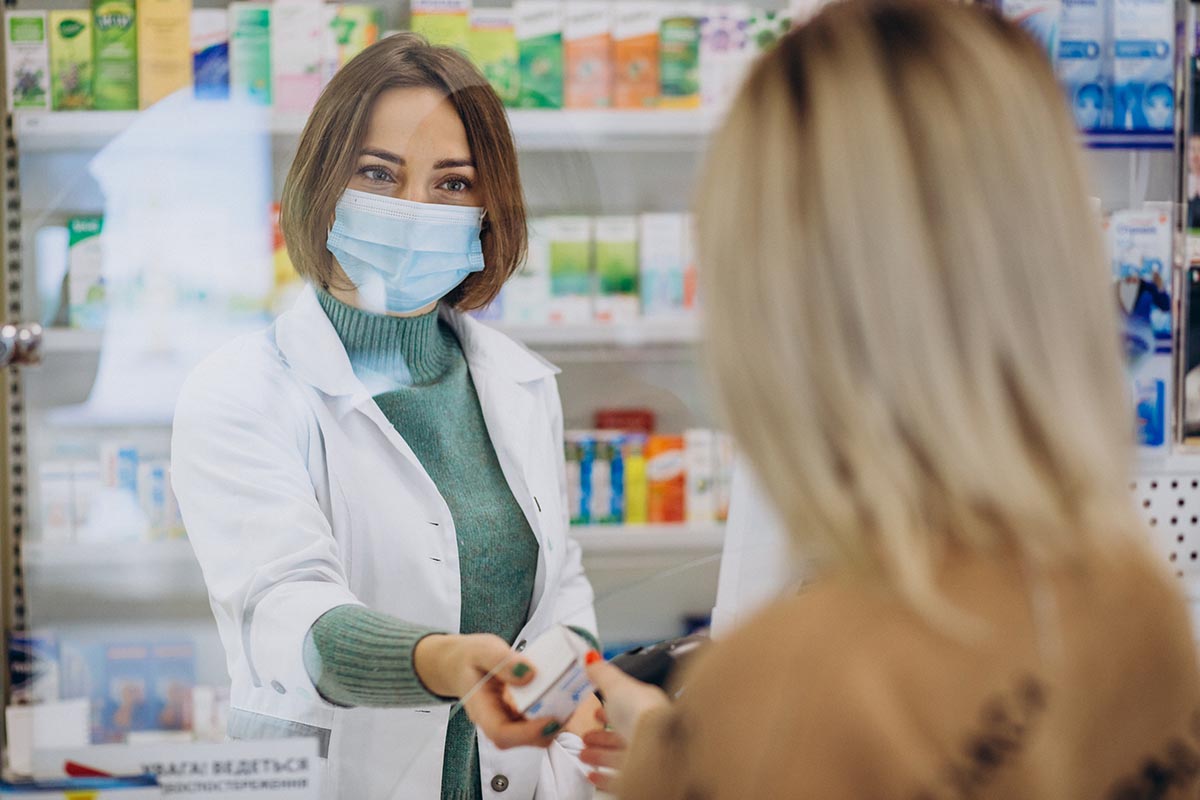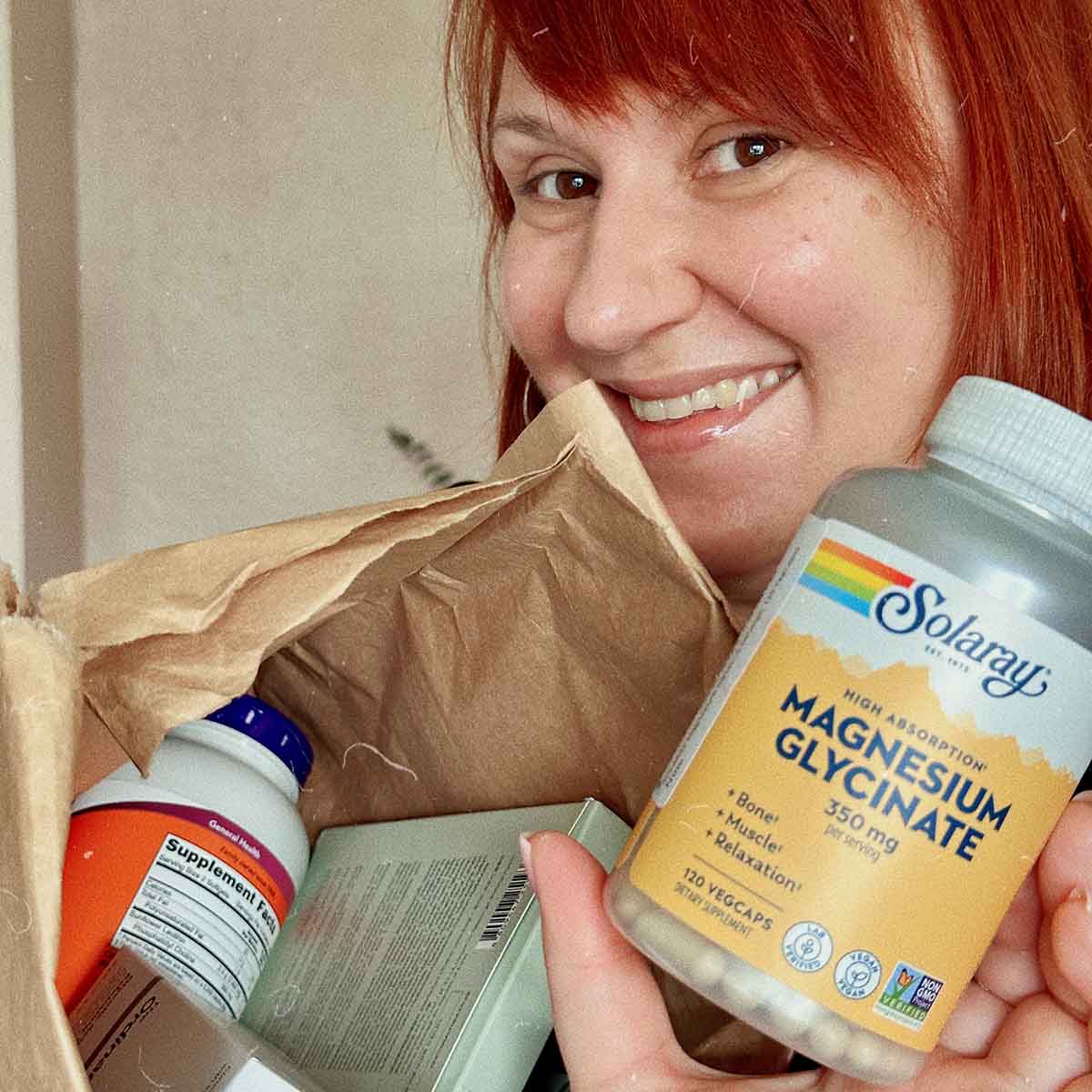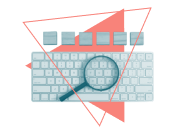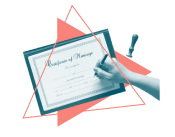Becoming a Pharmacist Today: What You Need to Know
Right now, a lot of people are rethinking what “secure” and “fulfilling” actually mean in a career.
If you’re reading this, maybe you’re one of them.
The world is shifting. Stability feels rare. But healthcare? It’s still essential.
That’s why becoming a pharmacist in today’s world isn’t just a smart choice — it’s a meaningful one.
It’s a role that blends science, trust, and real human impact. And yes — it still pays well.
You don’t need to go through a decade of med school.
But make no mistake — the road to becoming a pharmacist isn’t easy. It takes focus, endurance, and a genuine desire to help people.
You won’t just be filling prescriptions; you’ll be guiding patients, catching dangerous drug interactions, and standing at the frontline of everyday healthcare.
If you’re asking yourself:
“Do I have what it takes?”
That’s exactly the kind of question someone on the right path asks.
Post-high school education
Post-high school education in a relevant field is a useful starting point for a variety of careers. For a career in pharmacy, it is a requirement.
While some colleges will offer bachelor’s degrees in pharmaceutical sciences or pharmacology, it is generally not necessary for pharmacists to attain such niche degrees or even attend a traditional university for the full four years.
Often three years of college will suffice — although a bachelor’s degree in anatomy or other biological science would only help your career.
Some states require that pharmacists complete at least a baccalaureate degree in a pharmacological field before being licensed to practice.
In states where such a degree is not required, pharmacists like Patrick Ladapo can still bolster their resumes by showing completion of a bachelor’s degree in addition to completing the other prerequisites for a pharmacist.
Don’t let the lack of requirement for a four-year degree fool you into thinking that you’ll be in school for less than is required for a bachelor’s degree.
The three or more years of college are only to fulfill prerequisites laid out by most doctoral programs.
Some programs require a bachelor’s degree for admission.
So if you want a better chance at getting into a more prestigious doctoral program, it may be best to finish up that four-year degree.
PSAT
Once you’ve met the educational requirements needed to apply to a pharmacy school, you’ll also need to take the Pharmacy College Admission Test (PCAT).
As with entrance exams for law school and other medical schools, doing well on the PCAT will play a large role in determining what doctoral programs you’ll be accepted into.
Don’t be too intimidated by the PSAT test though.
The subject matter will be similar to that in college classes taken beforehand.
Despite their similarity in content, the PSAT is much shorter than the MCAT and is often considered less difficult.
If you don’t score as well as you would have liked on your first attempt, you’ll also be able to retake the test up to four additional times.
On the off chance that you aren’t able to achieve a desirable score in those five attempts, you can still request to retake the test by writing directly to the testing administrators.
You should be aware, however, that schools will be able to see scores from every time you’ve taken the test and can choose to consider your average score as opposed to your highest.
With each test costing over $200, it’s cheaper and safer to prepare with practice tests at home instead of using an official test as a practice run.
After completing the required college classes and achieving a desirable PCAT score, you’re well on your way to becoming a pharmacist.
The next step is to apply to pharmacy schools that offer a doctor of pharmacy degree (PharmD).
While programs vary in expected time to receive a degree, you can expect to spend upwards of four years in this type of doctoral program.
Don’t Wait — Start Building Your Personal Brand Now
Whether you’re still in school, in the middle of pharmacy training, or just starting to explore this path — now is the perfect time to build your personal brand. Why? Because the future job market won’t just ask for qualifications.
It’ll ask, “What do you stand for?”
A strong online presence can set you apart in a sea of applicants. It’s your way of saying, “Here’s who I am — and here’s why I care.”
Here’s How to Start:
-
Pick a Platform That Feels Natural to You
-
Instagram is a great place to start because it’s visual, personal, and has an active healthcare community.
-
Share your day-to-day life, pharmacy student tips, books you’re reading, healthy routines, or just your thoughts on what it’s like studying medicine in 2025.
-
-
Search for Likeminded People
-
Use hashtags like #futurepharmacist #pharmstudent #healthcarejourney #studygram #womeninpharmacy
-
Follow, comment, and DM other aspiring or current pharmacists. Don’t be shy. Most are happy to connect — they’re figuring it out too.
-
-
Start Small — But Start Often
-
You don’t need to have all the answers or a perfect content plan. Show up honestly.
-
A quick post sharing how you study, prep for exams, or reflect on a tough day in school is more relatable than you think.
-
-
Add Value
-
Break down pharmacy-related topics in simple language.
-
Share useful resources, flashcard decks, or mock interview advice.
-
Document your wins and mistakes — that’s what people connect with.
-
-
Build a Supportive Crowd, Not Just Followers
-
The goal isn’t to go viral — it’s to build trust.
-
These will be your future colleagues, peers, and possibly employers.
-
The more you share your authentic journey, the more opportunities will come to you.
-
Real Talk: Your Digital Presence Can Open Doors
Whether it’s a residency, internship, mentorship, or job — your personal brand becomes a magnet when it’s built around honesty and value.
People want to help others who are passionate, visible, and putting in the effort.
And as the pharmacy industry continues to evolve with technology and telehealth, having a voice online may even open doors to roles that don’t exist yet.
NAPLEX
Once you receive your PharmD, you’re only a few steps away from becoming a licensed pharmacist.
To start practicing as a doctor of pharmacy, you’ll need to pass the North American Pharmacist Licensure Exam (NAPLEX), in addition to any other licensing exams that the state you intend to practice in has.
The NAPLEX is scored out of 150 and you’ll need at least a 75 to pass.
Many states require an additional exam specifically for that state; however, some exams will certify you across multiple states.
Between at least two rigorous examinations and up to eight years of school, the road to becoming a pharmacist should not be traveled lightly.
Don’t let this discourage you from pursuing the profession, however.
If you have a passion for helping others and an interest in medication, becoming a pharmacist can be both fulfilling and lucrative.





















